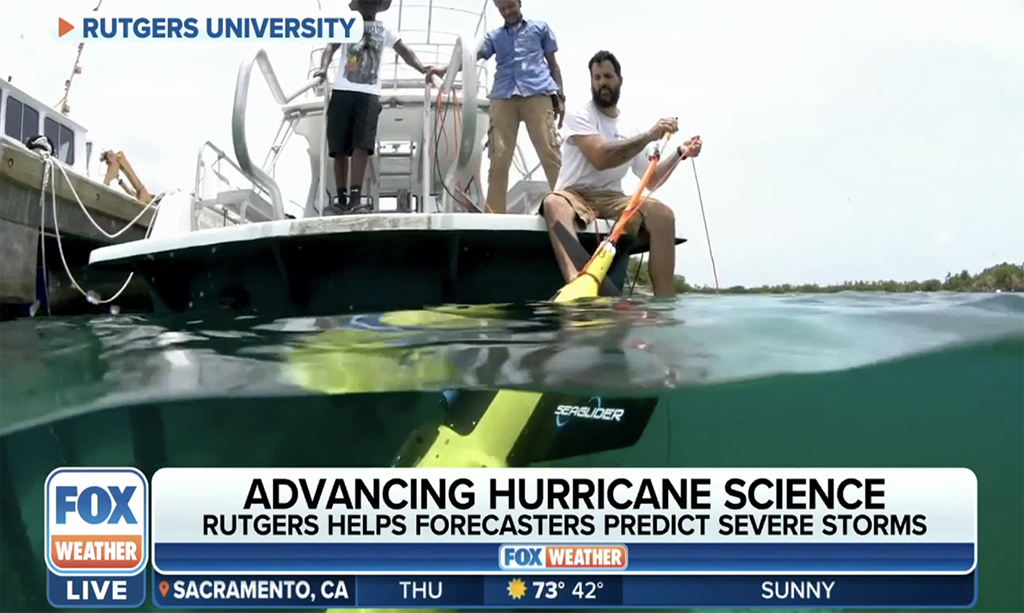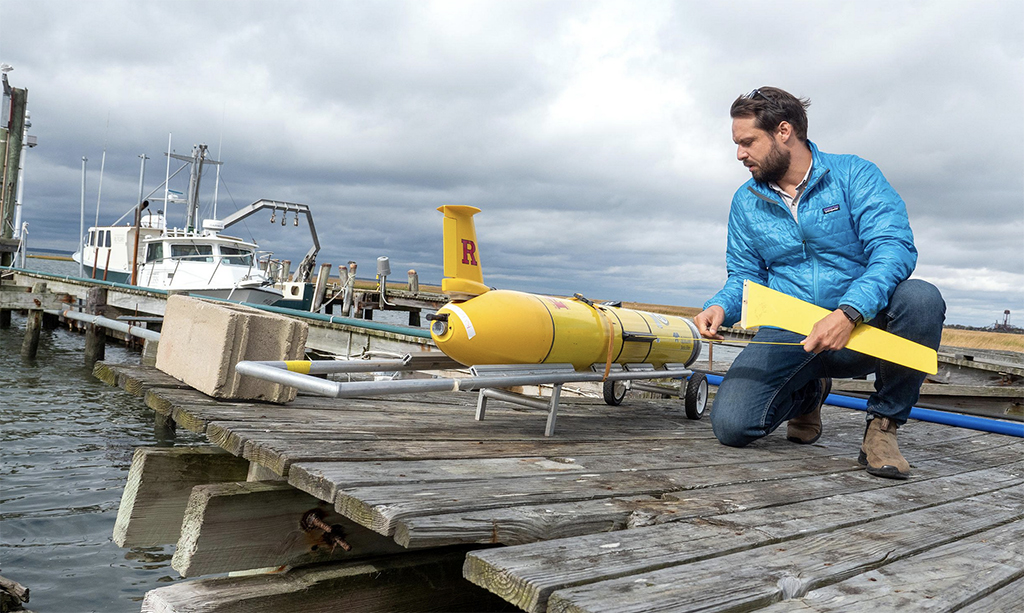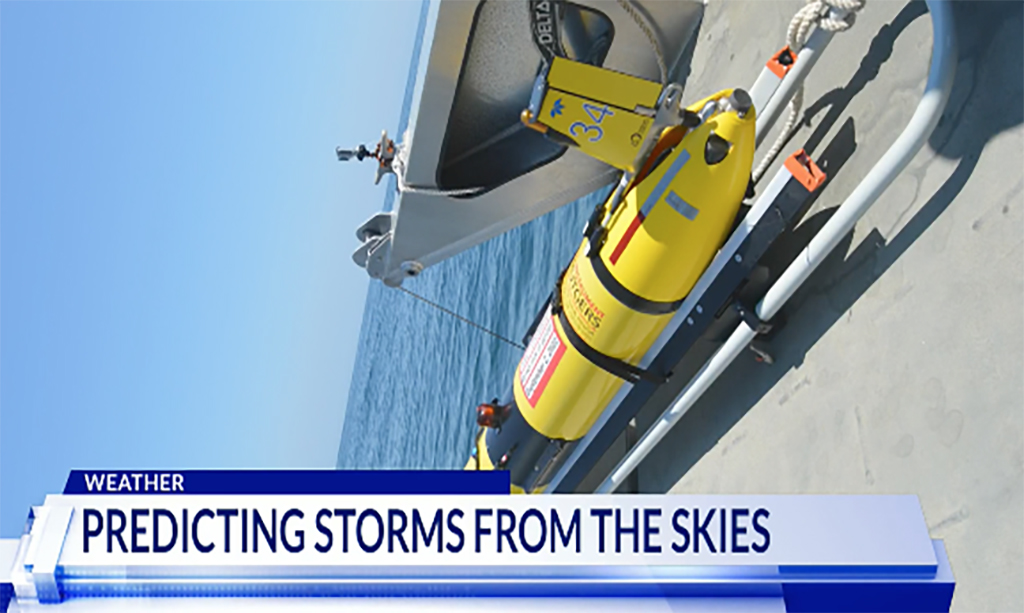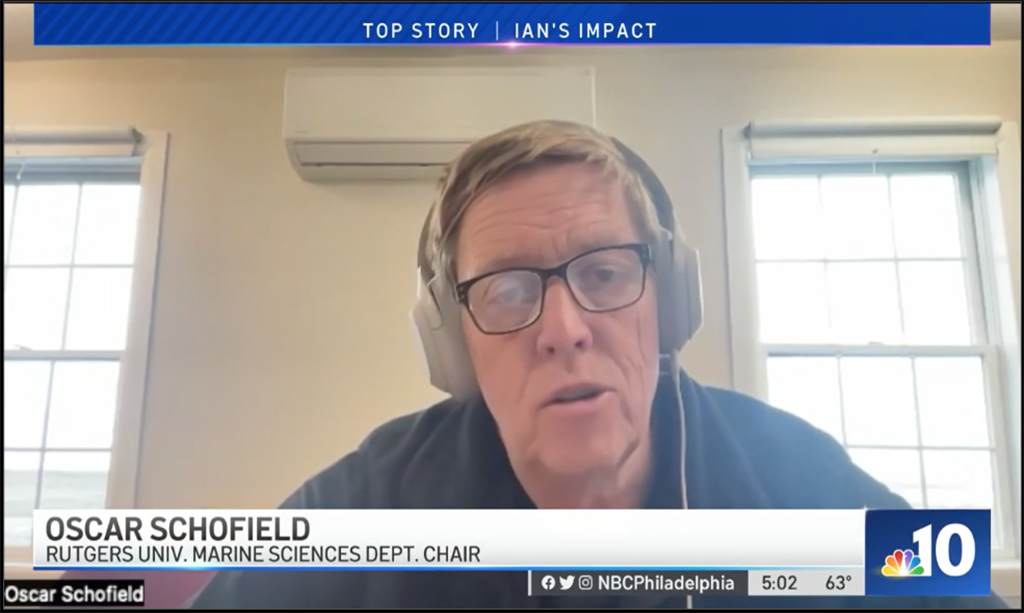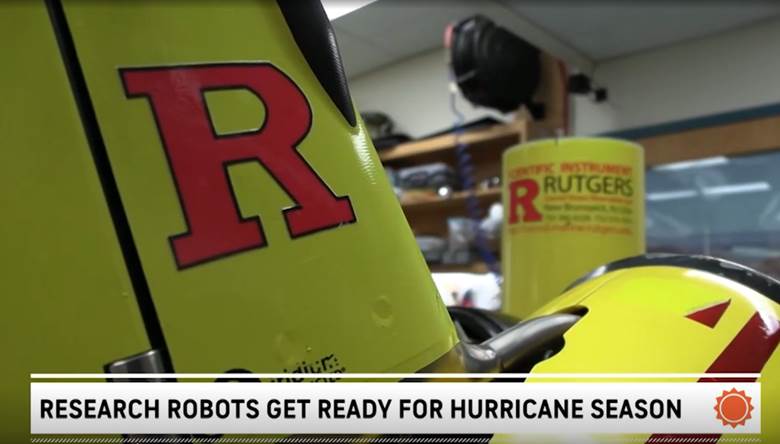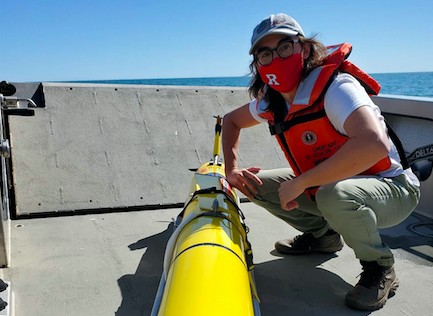Rutgers University plays key role in advancing hurricane science
Travis Miles, Professor of Marine and Coastal Sciences at Rutgers University, explains how ocean robots, known as gliders, have improved the accuracy of forecasts. Full video at Fox Weather

